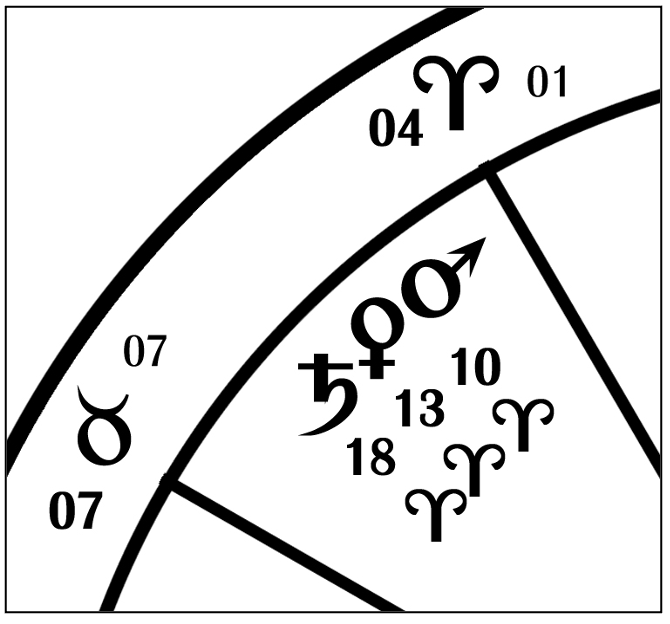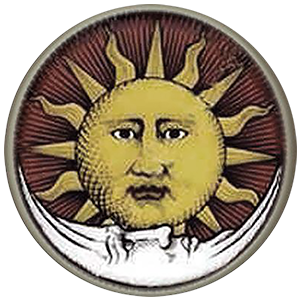Glossary of terms
Special | A | B | C | D | E | F | G | H | I | J | K | L | M | N | O | P | Q | R | S | T | U | V | W | X | Y | Z | ALL
B |
|---|
Below/under the earthDescriptive of planets beneath the horizon, i.e., placed in the 1st, 2nd, 3rd, 4th, 5th or 6th house, (although in the 1st house planets are less affected by this condition since by diurnal rotation they are rising towards the ascendant). When a planet is under the earth it is not visible in the sky; hence, a chart which has a strong theme of planets beneath the earth is descriptive of missing objects that cannot be found, motives that cannot be discovered, illness that are hard to diagnose, facts that cannot be brought to light, and a sense of being buried (as in missing treasure). Contrast with 'Above the earth' | |
Benefic planetsAlso known as ‘fortunes’, these are planets that are judged capable of assisting a positive outcome. Under normal circumstances Jupiter and Venus are considered naturally benefic because of their temperate natures, (Jupiter is traditionally known as the ‘Greater Benefic’ and Venus as the ‘Lesser Benefic’). Many traditional texts also consider the north node to be representative of increase and therefore term it a benefic. Compare with ‘malefic planets’. | |
BesiegementBonatus describes a besieged planet as one that separates from a malefic and applies to another (Con. 6). It shows a situation that is going from bad to worse.
William Lilly described a planet besieged as one that lies between the bodies of the two malefics Mars and Saturn. His example is Mars at 10 ° Aries, Venus 13° Aries, and Saturn 15° Aries. It is generally accepted that besiegement can occur by aspect as well as bodily conjunction. As a principle it refers to a planet trapped by hostile forces on either side.
 The diagram shows William Lilly’s description of Venus besieged between
the bodies of the two malefics: Mars and Saturn (CA, p.114). NB: some older works refer to a contrasting condition - sometimes called 'bonification' or being 'bonified', where a planet is surrounded by contacts with benefic planets. See for example Johanne Schoener's list of scores for dignified and debilitated planets, where a planet surrounded by benefics receives five points, in contrast to a planet surrounded by malefics, which has five points taken away. | |
Bestial signsThese are the zodiac signs that are represented by four-footed animals: Aries, Taurus, Leo, Sagittarius and Capricorn. Also called quadrupedian, these signs can lack social graces and are reputed to display animalistic reactions to their emotions, sometimes indicating coarseness, inarticulation and a poor appreciation of polite manners. | |
Bonatti, Guido - astrologer (a.k.a. Bonatus: c.1202-1296)Professor of Astrology at Bologna, adviser to various Italian counts and princes, and one of the most celebrated astrologers of the medieval era. His greatest astrological work was Liber Astronomiae (‘Book of Astronomy’), which was recently translated into English by Benjamin Dykes. This is a full exposition of astrology in ten treatises, the sixth of which concerns ‘questions’. Lilly acknowledged Bonatti as one of his sources and many of the theoretical passages in Lilly’s horary volume are direct translations from Bonatti. | ||
